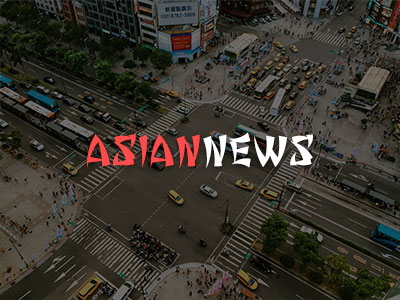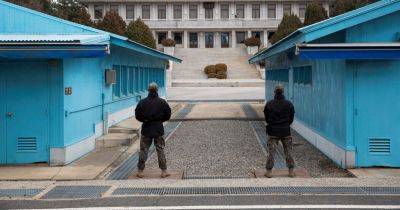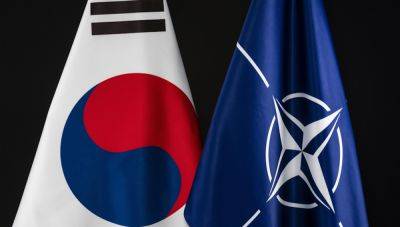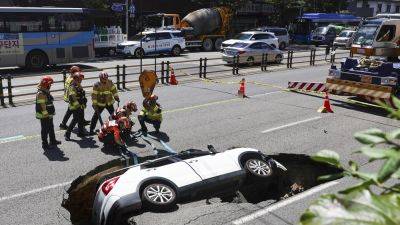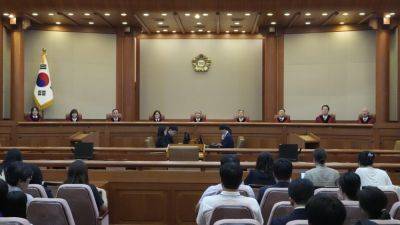India's iPhone hopes and South Korea's EV concerns
Hi everyone! This is Cheng Ting-Fang saying hello from Taipei.
In early August, I had the unique opportunity to visit Infineon's silicon carbide power semiconductor plant in Kulim, Malaysia. Dressed in full clean-room attire, including a suit, boots, head covering, mask and gloves, I toured the facility and learned about several key chipmaking processes.
One of the most striking aspects of the tour was the high-temperature furnaces, which operate at up to 2,000 C. One of the chip experts described them as like "rice cookers cooking rice." I also observed wet stations, where chemicals are applied to wafers.
The hourlong tour was extremely educational, but I began to feel dizzy near the end because the head-to-toe outfit was hard to breathe in. The experience reminded me of how demanding semiconductor manufacturing is, where strict protocols must be followed to prevent even the smallest particles from contaminating the production environment. It was hard to imagine engineers and technicians working here up to eight hours a day, taking day and night shifts to keep the plant up and running 24/7.
Last week, a friend shared photos of the baroque Frauenkirche church, the Royal Palace and gorgeous gardens taken during his visit to Dresden for TSMC's groundbreaking ceremony for its first European chip plant. The picturesque riverside city along the Elbe, with its clear blue skies and relaxing atmosphere, made him wonder why anyone would choose to work in a chip factory there. "I'd rather be having a picnic than be stuck in a cleanroom. This serene environment could be a threat to competitiveness," he joked.
Whoever I speak with in the tech supply chain lists the same factors for success in this, or any, industry: culture, talent and


